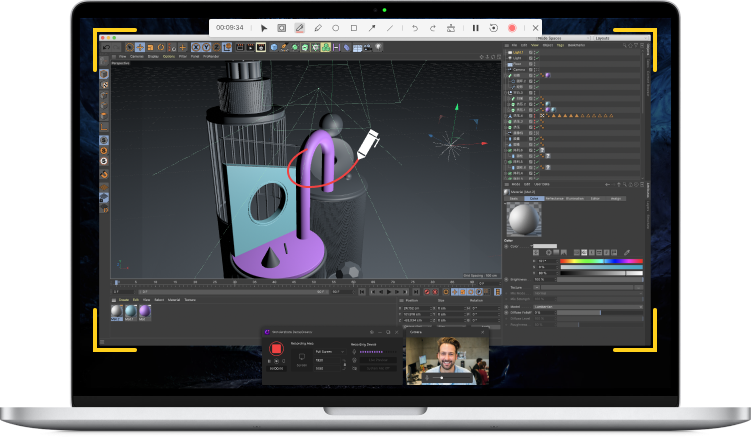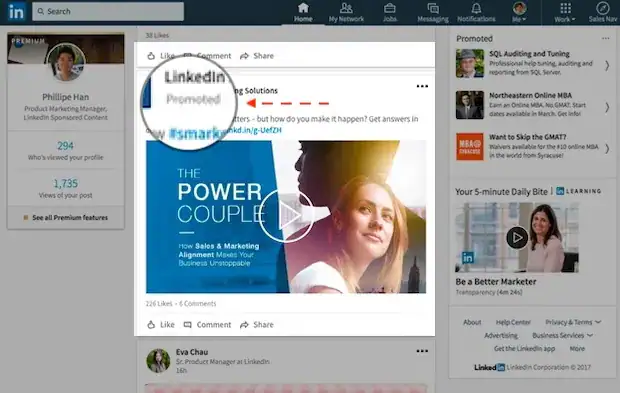Advantages of Using Videos in Teaching
In an ever-changing world, the way we learn is always changing, impacted by new methods of teaching and learning. As an educator, it therefore becomes important for you to find new ways to reach your students, ensuring that your message is delivered in a timely manner. Videos is one of the most useful teaching aids, particularly if your goal as an educator is to engage with leaners in a way that is easy for them to understand.

But that is not the only benefit that videos bring to both teachers and leaners. Here’s a list of the other advantages of using video in teaching.
Videos Help Students Understand
One of the main benefits of using videos for learning purposes is that they help the students understand the subject matter better than text could. This is because videos foster a personal connection that the students are unlikely to find in any book regardless of how well it is written. When you use videos as a learning aid, you can be guaranteed that your students will comprehend more simply because of the human connection that video brings to the learning experience.
This is why videos are employed in teaching a foreign language. Emma Dunn, a foreign language teacher advocates for videos as a teaching aid since she says, “Students learn best when they hear new languages on repeat”. With videos, her students are able to watch her speak the language they are trying to learn, engaging all their senses and therefore helping them learn faster and in their own time.
Seeing their teacher speak the language on camera is not just crucial to their understanding of the new language, but it also keeps then engaged. And any foreign language teacher will tell you that without engagement, a foreign language class is likely to fall apart very quickly.
Opportunity for Self-Study
As our foreign language example points out, one of the other main advantages of using videos clips in teaching is that the students are far likely to engage with the content even when the teacher is not around. Once the video on a particular subject is recorded, the teacher can then share the video with the class, allowing them to go over the course material on their own time.
Therefore, if there is a section of the course that the student was unable to understand during the class, they can easily go over it again. Yet, this opportunity for self-study also creates room for further improvement, giving the student the opportunity to ask and find answers to questions in the course. In an age where in-person classroom is becoming less and less desirable, the potential for self-study that video brings becomes crucial to how we educate and learn.
Videos Engage Students of all Ages and Abilities
It was previously thought that young elementary school and kindergarten age kids would be unable to focus long enough to facilitate online learning. But the pandemic has demonstrated that this is not the case. With more and more teachers adapting their in-classroom curriculum to an online format, they are discovering that young children are engaging with online content enough to learn just as much as they would if they were learning in in-person classrooms.
And the key to successfully adaptation of online learning is videos. Teachers around the world are now recording videos of themselves along with the content and share the videos with the students via platforms like Google Classroom. The in-classroom environment is simulated by the teacher asking her students to share videos of themselves learning and questioning the content and share them on the same platform.
The result is an engaged classroom. Teachers using this model have found that young children in particular, love the idea of recording and sharing videos with their teacher. This keeps them engaged and, in some cases, even more than they would in a traditional learning experience.
Using Videos in Education Promotes Engagement
Like we have seen before, it can be very difficult to engage with a book. You might read it, understand it and even question some of the content in the book, but you are unlikely to engage with it, like you would with a teacher in the classroom going over the material.
Videos take this kind of engagement one step further. For example, a teacher may use a screen-flow video to explain a concept to her students. When the lesson is complete, she may then share the video with each of her students, allowing them to go through the course material again in their own time. The students can then get together to discuss the course material and then share the video of their discussions with the teacher.
This is far more advantageous than in-classroom lectures since the video and the content will remain with the students in posterity. They can re-learn the material at any time, increasing engagement with the content and fostering better understanding of the subject matter.
Videos Personalize Learning
When a teacher records a video of the course material and shares that video with her students, every student gets the chance to interpret the course material in a way that best serves their needs. They get the chance to learn in their own special way. Perhaps a student understands one part of the content but they need to go over the other sections of the content several times to understand.
With a video recording of the material, the student can devote more time to the part of the course they were unable to understand, learning and relearning the material until they understand it. This is an intensely personal way to learn that allows the student to learn at their own pace and in their own time. It is therefore safe to say that video learning can allow every student regardless of capability to learn any subject matter, no matter how complex.
Learn Whenever You Want
With video learning, there is no rigidity in terms of time. The student has the course material with them and can therefore choose to learn at any time of the day. This flexibility not only promotes learning and engagement, but it also frees the students to do other things with their time and learn only when they feel confident enough to engage with the material. When they don’t have to do something, it is surprising how much students are willing to learn. The rigidity of not being able to choose their own learning time can hinder the learning experience and therefore limit how much a student gets from the course.
It is also likely that a student is not ready to engage with the material at the moment, but will be at a later date in the future. For example, perhaps as a teacher you are teaching a course in self-publishing. But the student hasn’t written the book to be published in the first place. In this case, the course would be useless to the student until they write the book. But if the course is in video format, they can download the videos, even go over the course material and then re-engage with the lessons when they are ready to publish. They can also personalize the learning experience further, by only choosing aspects of the course that are likely to benefit the kind of publishing they want to engage in.
In this way, video courses can in a way be timeless. When the student is ready, the material is always there and when used correctly, they can revolutionize learning in ways never thought of before.
Learning is endless and since every student has different needs, videos become invaluable to the learning experience. By allowing the teacher to break down the course into sub-topic, videos help the student understand the course material much more easily. The fact that they can go back to the sections of the video they were unable to understand further reinforces the benefits of using videos as learning aids.

The All-in-One Screen Recorder & Video Editor
- Record desktop screen,audio and webcam simultaneously
- Edit videos quickly with a wide range of professional tools
- Built-in plentiful video effects
- Export to MP4, MOV, MKV, GIF and multiple formats
Videos also give the teacher the opportunity to demonstrate and aspect or subject over and over again. The students can then watch the video to see the action and learn it by replicating it as many times as they can. In a word where in-classroom learning is becoming more and more difficult, teachers cannot afford to overlook the benefits of using videos as teaching and learning aids. The benefits of educational videos are simply too great to be ignored. And since it is becoming easier and easier to record simple screen-flow videos , videos are quickly overtaking other forms of teaching and learning.

 Secure Download
Secure Download




